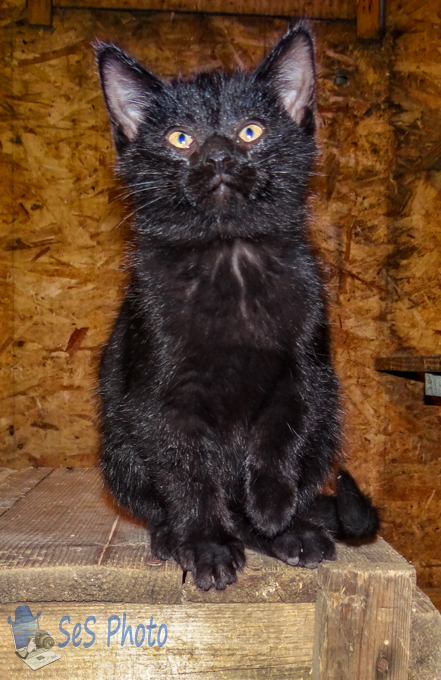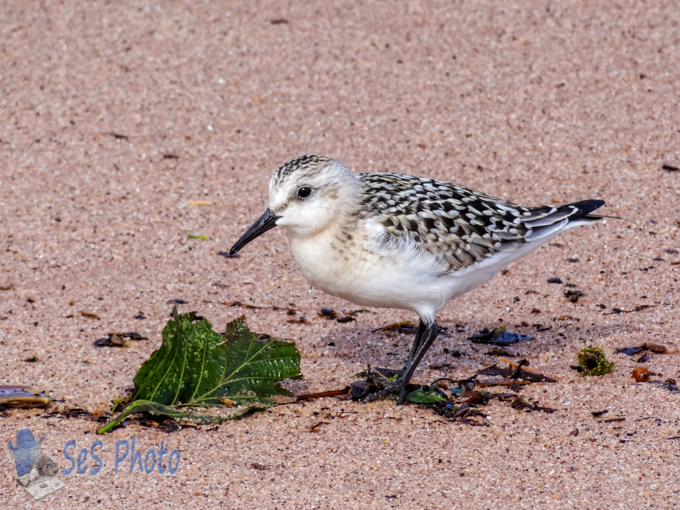Today is Halloween so the streets will be filled with children dressed up in costumes collecting candy this evening. Pumpkins, ghosts, witches and even black cats are often a symbol of Halloween.
Black cats have served as objects of superstition for years, with Medieval Germany, France and Spain associating bad luck with them. Although in some cultures black cats were worshipped like in Ancient Egypt.
But in the United States, the Puritan Pilgrims distrusted anything associated with witches and sorcery including black cats and they would burn black cats on Shrove Tuesday to protect the home from fire and so black cats have been associated with the Halloween witches.
The bad superstition of black cats have caused them to be the least likely to be adopted (so I guess no one will want the two little black kittens at the farm). But some animal shelters will not allow adoption of black cats near Halloween as some ‘owners’ use them for living decorations and then abandon them.
Course you can’t believe this cute face on this black kitten, as moments before I had to peel it off my head where it was having fun racing around my back and head and it was living up to the Halloween tradition of being a monster.
Halloween Monster











